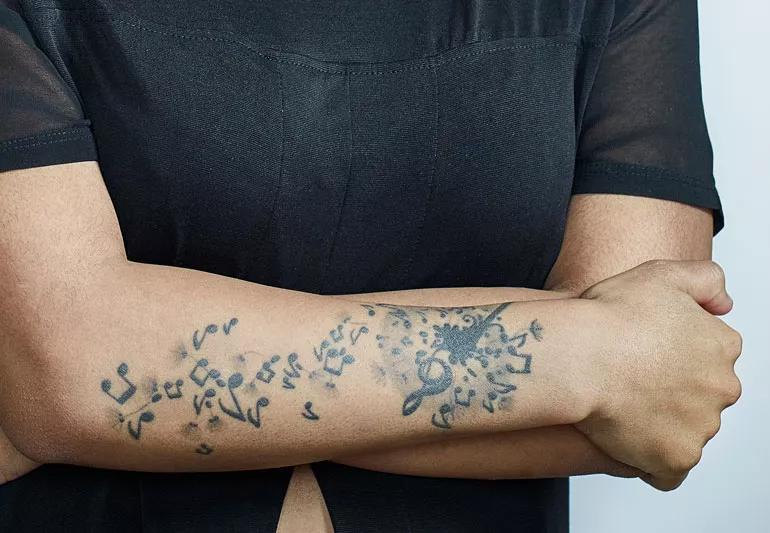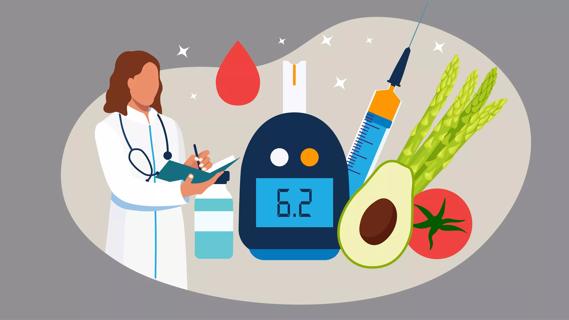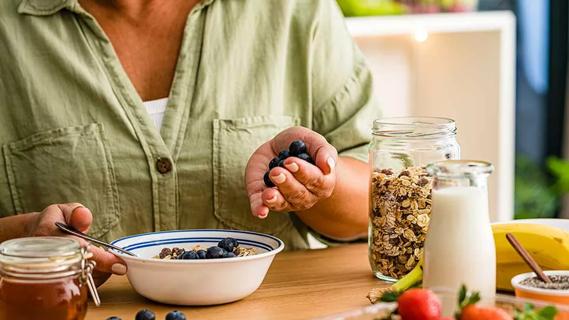Body art and managing tattoo risks

All tattoos tell a story, whether it be something incredibly meaningful or just a spur-of-the-moment decision you had on a random Tuesday.
Advertisement
Cleveland Clinic is a non-profit academic medical center. Advertising on our site helps support our mission. We do not endorse non-Cleveland Clinic products or services. Policy
When you make that decision to get inked, you may not think about the medical risks right away. But if you have diabetes, getting a tattoo may pose unique risks.
“When you have diabetes, you really have to consider the physical consequences of everything you do,” says endocrinologist Shirisha Avadhanula, MD.
To get a tattoo, the skin is pierced between 50 and 3,000 times a minute by a tattoo machine.
“Your skin is a barrier that protects you from infections,” says Dr. Avadhanula. “Getting a tattoo breaks this barrier. A tattoo affects the dermis, or the second layer of skin, because the cells of the dermis are more stable than the first layer, or epidermis.”
Piercing skin at this level poses unique risks to people with diabetes. If your blood sugars are not in good control, your immune system is also affected — putting you at even higher risk for infection and potential difficulty fighting it off. If you have type 1 or type 2 diabetes, you may have a significantly increased risk of developing an infection, too.
Tattooing is under strict hygiene rules from the Food and Drug Administration (FDA) because of this risk of infection. The needles must only be used once and the tattoo artist must wear gloves while doing the work. According to the FDA, among the most severe infections that can be transmitted is hepatitis.
Advertisement
If you have considered the risk, and still want to get a tattoo, remember to do the following:
“By taking the right precautions, you can be sure that you are making an informed decision about tattoos and risks involved when you have diabetes,” she says. “Taking the time to involve your doctor could prevent future problems. Body art is beautiful, but a healthy body is even more beautiful.”
Advertisement
Learn more about our editorial process.
Advertisement

Hot, humid weather can affect your blood sugar levels and even cause dehydration or heat stroke

The good news? Prediabetes can be erased with healthy lifestyle changes, including eating more nutritious foods

Fresh or frozen fruits that are low on the glycemic index should be your go-to, as they’re full of fiber and other nutrients

Adding nuts like pistachios, almonds or pecans to your diet can help manage blood sugar levels

A diabetes diagnosis, new or long-standing, can trigger reactions like grief, stress, depression and frustration, but symptom relief and help are available

You can counter the risk of prediabetes-related heart attack or stroke by eating more fruits, vegetables and whole grains, as well as exercising regularly

The short answer: Yes, but you need to eat it in moderation and keep track of how much you consume

Sweet potatoes are great, but sweetened drinks aren’t so great

The best parenting style balances enforcing rules and showing plenty of love

Tips include cutting back on sugar, focusing on exercise and managing stress

It can be harder to let go when you’ve invested time, energy and emotions — but it might be the healthier choice long term